Last updated on Oct 14, 2025
What is an Anti-Villain? Definition, Tips, and Examples
Martin Cavannagh
Head of Content at Reedsy, Martin has spent over eight years helping writers turn their ambitions into reality. As a voice in the indie publishing space, he has written for a number of outlets and spoken at conferences, including the 2024 Writers Summit at the London Book Fair.
View profile →A Song of Ice and Fire has held the hearts of fantasy readers for over 20 years, and Marvel movies have been dominating theater screens for more than a decade. So you might be wondering: what makes these franchises so compelling? The answer? Anti-villains.
These days, readers want more than black-and-white characters (protagonists who are inherently good and antagonists who are inherently bad). They want flawed heroes who struggle with attaining their goals, and complex villains with backstories and motives that show their humanity. Enter: anti-heroes and anti-villains. In other words, characters who defy their literary conventions.
This post will cover the latter character type, and we’ll start by answering the question...
What is an anti-villain?
Anti-villains have noble characteristics, values, and goals, but how they strive for those goals is often questionable — or downright abhorrent. Like traditional villains, anti-villains stand in the way of the hero’s goal. But unlike a traditional “bad guy,” the anti-villain isn’t necessarily evil.

Anti-villains (or AVs, for brevity's sake) make for interesting characters because they don’t fall into the good vs. evil dichotomy like traditional villains. Instead, they are morally gray. Their backstories give readers an insight into their motives — and while readers will still cheer for the hero to come out on top, they will also sympathize with the anti-villain’s motives.
Learn to write complex and fascinating characters in our free online course:
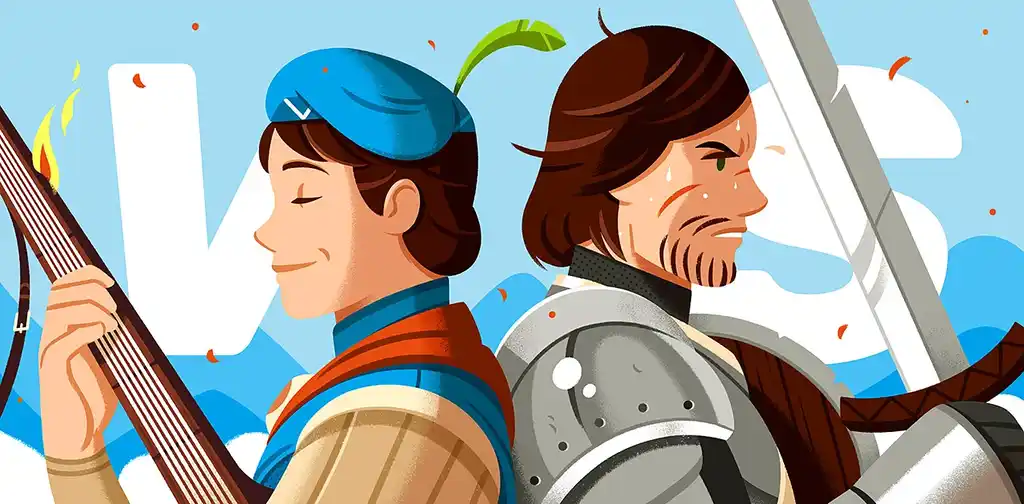
FREE COURSE
How to Develop Characters
In 10 days, learn to develop complex characters readers will love.
Anti-hero vs. villain
The anti-villain is the character readers want to see vanquished, even though their redeeming qualities typically leave readers torn. In contrast, the anti-hero is the character readers root for, even though they’re flawed and possess some less-than-noble qualities. Simply put, anti-heroes are the opposite of anti-villains: they are protagonists who lack the conventional attributes of traditional heroes.
For example, Hercules is as traditionally heroic as they come: he has innate physical strength, is unflappably pure of heart, and determined to fight for the good of everyone. On the other hand, Lisbeth Salander from Steig Larsson’s Millennium series is decidedly not a conventional hero — she’s an anti-hero. A loner computer hacker, she’s driven primarily by vengeance. Lisbeth doesn’t give a second thought to applying “eye for an eye” to those who do her wrong — or even going a little bit beyond it. But she is also protective by nature, and her vengeful wrath is usually unleashed at “bad guys” who take advantage of the vulnerable. In other words, she does help people — but she might also derive a slightly twisted delight in enacting violence.
Types of anti-villains
Anti-villains are famously morally grey — here are four main types of quasi-miscreants you might stumble across in literature.
1. The Well-Intentioned Extremist
Both heroes and readers can probably agree that this type of anti-villain’s goal is, in principle, noble. But the way they go about trying to achieve it is simply wrong. No matter how much they might sympathize with the AV’s intentions, the hero has no choice but to stop them.
This kind of AV typically believes that to achieve their goal, they must take extreme measures. They also often adopt a “for the greater good” ethos. They convince themselves that, even though their objective may harm — or kill — tons of innocent people, the world will be better off for it in the end.
This type of anti-villain is popular these days, so reading this description is probably already bringing to mind a number of different examples. Such as...
Example: Thanos from the Marvel Cinematic Universe
Thanos’ goal to prevent the destruction of the universe is noble, but his methods were undeniably villainous.
“Villain” — Thanos wants to eliminate half of earth’s population. In other words, to commit global genocide. To that end, he has been tracking down the “Infinity Stones” by any means necessary — even if that means murdering his own daughters to get them.
“Anti” — Thanos genuinely believes that committing global genocide will bring stability to the universe. He is worried about the future of the world: he foresees its massive and growing population eventually depleting all available resources, leading to its ultimate destruction.
Find out what makes your anti-villain tick by filling in a character questionnaire:
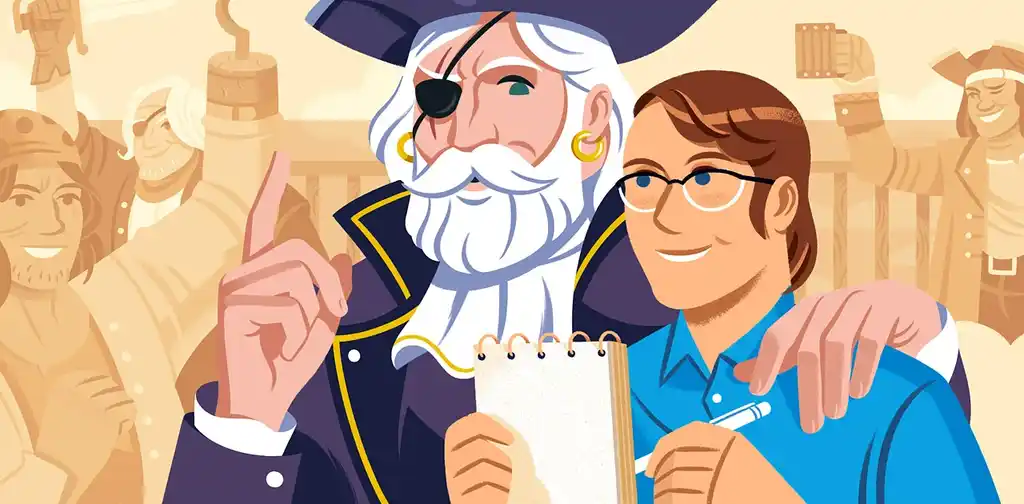
FREE RESOURCE
Reedsy’s Character Questionnaire
40 questions to help you develop memorable characters.
2. The Noble Anti-Villain
This character is a villain, but not just for the sake of it: there’s a specific reason they have chosen to be the “bad guy.” The Noble Anti-Villain is commonly referred to as a “villain with code” — they have standards they’re not willing to break. Often, they’re more talk than action: they might be committed to villainy on the surface, but when push comes to shove, they struggle to actually follow through.
Example: Draco Malfoy from the Harry Potter series
Draco knows that to disobey Voldemort would result in his death — and his family’s. He’s also a villainous product of his evil upbringing, having grown up under the influence of his Death Eater parents. But, at the end of the day, he cannot bring himself to murder his defenseless headmaster.
“Villain” —When his father fails a mission assigned to him by Lord Voldemort, Draco is given the perilous task of killing headmaster Albus Dumbledore. Throughout "The Half-Blood Prince," Draco attempts to kill Dumbledore through various means, including a cursed necklace and poisoned mead.
“Anti” — All of Draco’s attempts to kill Dumbledore are ill-planned and fail easily. At the end of the novel, when he ambushes and disarms the weakened headmaster, Draco is easily talked down by Dumbledore: he lowers his wand, unable to carry out the murder. During "The Half-Blood Prince," we see Draco struggle considerably with his mission, even having a nervous breakdown.
3. Villain in Name Only
A hero can’t exist without an antagonist to overcome. Someone — or something — has to challenge them, prompting them to summon their heroic qualities for victory. Enter: the “Villain in Name Only.” As the moniker suggests, this person isn’t really evil — they just happen to oppose the hero. If the novel had been written from the perspective of the Villain in Name Only, they’d probably be the hero.
In general, the hero will acknowledge this AV’s lack of malicious qualities. This sparks a moral dilemma, since the hero still needs to bring the AV down.
Example: Javert from "Les Misérables"
Javert certainly plays the role of antagonist, constantly getting in the way of a happy ending for Jean. But he is driven by his dedication to the law above all else, not by an inherently evil character.
“Villain” — Protagonist Jean Valjean has just spent 19 years in prison for stealing a loaf of bread. Finally, he is released by Javert, the man in charge of the prison workforce. When Jean breaks his parole, Javert vows to bring Jean to justice — and back to prison. Jean does manage to reinvent himself and his life, but his peace is constantly at threat by the relentless Javert.
“Anti” — While we root for Jean and wonder why Javert can’t just leave him alone, Javert isn’t really a “villain.” He does not wish to see Jean back in prison because of a personal vendetta, but because of his almost fanatical dedication to law and order.
4. The Woobie Villain
This character does not start out as a villain, but life makes them that way. Readers sympathize with this character as they watch the former “good guy” get pushed to their breaking point. At the end of the day, readers likely can’t sympathize with the Woobie Villains’ evil actions, but they’re moved to pity by the painful journey that took them there.
Example: Carrie from "Carrie"
Carrie wants what every teenager wants: supportive parents, friends, and the opportunity to fit in with their peers. She is not only denied all those things, she is abused and shunned at every turn. Had anyone been there for Carrie, prom would likely have turned out very differently.
“Villain” — At a school dance, Carrie unleashes her telekinetic powers and kills everyone. She then continues her murder spree throughout her hometown.
“Anti” — Carrie is just a teenager trying to get on as best she can amidst some extremely (and increasingly) trying circumstances. Her mother is fanatically religious and makes Carrie feel like everything she does is sinful. She’s also fiercely bullied at school. One of the bullies takes pity on Carrie, convincing her boyfriend to ask Carrie to the school dance. However, other, less sympathetic bullies take advantage of the dance to dump a bucket of pig’s blood all over Carrie (and her homemade dress), further humiliating her in front of everyone. For the relentlessly abused Carrie, this is the final straw.
With these four morally gray “bad guys” covered, let’s take a look at a couple more great examples of compelling anti-villains from literature and film.
Anti-villain examples
If you try hard enough, you might be able to sympathize with more fictional villains than you expected. Okay, maybe not the horned king of fire and brimstone, Sauron, no matter how much you try to see the governance of Middle Earth from his point of view. But we bet the following anti-villain examples will have you revisiting other antagonists you love to hate with new eyes.
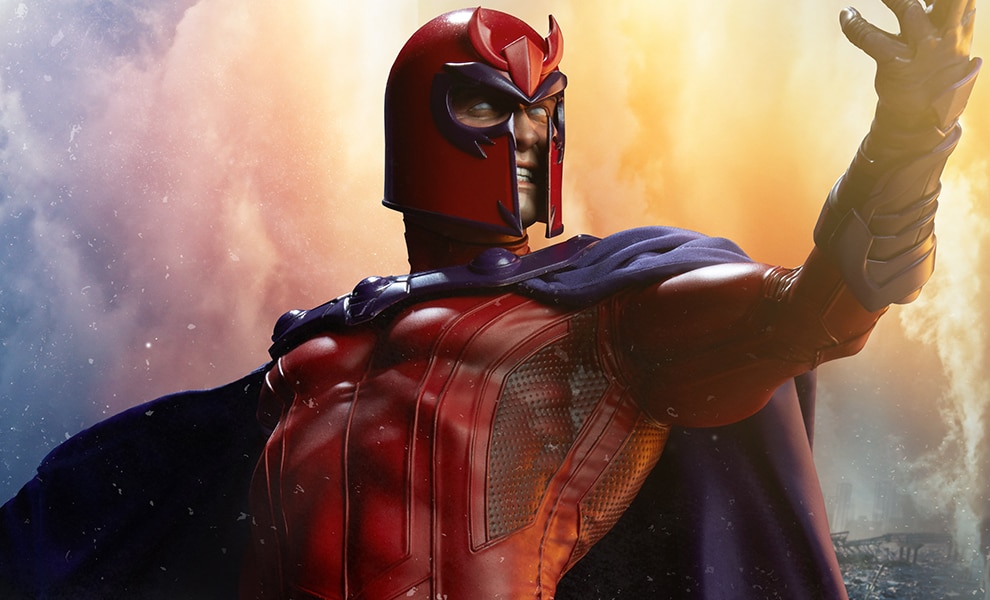
Example #1: Erik Killmonger from Black Panther
“Villain” — Erik is on a mission to carry out the work of his father. He wants to use Wakanda’s technologically advanced weapons to arm oppressed black people around the world. However, he plans to do this by taking totalitarian control over Wakanda and inciting worldwide violence — which goes directly against the Wakandans’ “strength through peace” mindset.
“Anti” — Well, it doesn’t take much imagination to picture a world where certain races have suffered centuries of systemic oppression. Erik is angry and wants to protect his people. He feels like fire is the best way to fight fire.
“Two billion people all over the world who look like us whose lives are much harder, and Wakanda has the tools to liberate them all,” Killmonger scolds the Wakandan court. “Where was Wakanda?”
Example #2: Brain from Pinky and The Brain
“Villain” — Is the Brain a lab-mouse who gained superhuman intelligence after being mutated in an experiment — who now wants to take over the world? Yes, and as we all know, world domination is a classic villain goal.
“Anti” — However, Brain is a mix of two types of anti-villains: 1) He’s a Well-Intentioned Extremist, since he wants to take over the world because he believes he could use his superior intellect to make it a better place. 2) He’s a Noble Villain because there are domination schemes too twisted for him to contemplate (like the one that involves selling cigarettes to children). The Brain’s relative humanity is highlighted by his nemesis Snowball, a hamster who also wants to take over the world, but is willing to sink to far crueler methods to do it.
"And I am the Iconoclast, an unconventional eccentric who marches to a different drummer... [whacked on head] but you may call me Noodle Noggin."
Example #3: Daenerys Targaryen from Game of Thrones — *SPOILER WARNING*
“Villain” — If Martin tries to tell us anything throughout his series, it's that ambition and power corrupt. And at the end of the series, we see just how true that is, as Daenerys — previously thought of as the hero of the series — burns King’s Landing, and all of the innocent people who live there, to the ground.
“Anti” — Daenerys has been abused all her life. When she becomes Mother of Dragons, she decides to use her new powers to also become "Break of Chains" — to free the oppressed people of Westeros from the current system that keeps them down. To this end, Daenerys commits many acts of violence and cruelty throughout the series, but does each one "in the name of justice" — and these acts are peppered throughout a large number of noble deeds. In her mind, burning King's Landing is just one more necessary stepping stone to “breaking the wheel” and building a better world. For viewers, it’s a shock, and reminds us of how the difference between “hero” and “villain” can often teeter on the edge of a knife.
"I will take what is mine with fire and blood."
Example #4: Magneto from X-Men
“Villain” — Magneto believes that mutants are superior to humans, and therefore mutants should rule the world. He is willing to achieve this goal at all costs — no matter how many humans are harmed in the process.
“Anti” — Magneto was raised in a German-Jewish family during the Holocaust. This convinced the young and impressionable Magneto that humans are inherently prone to oppress those are different from them. Because he couldn’t protect his family as a child, he becomes obsessed as an adult with protecting the mutant race from living atrocities like genocide.
“The thing none of you will ever understand is that there are no sides. There are no heroes or villains. There’s just what I want and how I’ll get it.”
Free course: Character Development
Create fascinating characters that your readers will love... or love to hate! Get started now.
Starting to wonder about every villain you’ve ever read? What was Maleficent’s childhood like? Did Bane just need a hug? Perhaps the Sheriff of Nottingham was just misunderstood?
To help you plot out your own morally grey characters, check out the following helpful blog posts all about crafting memorable characters.
- How to Write Characters Your Readers Won't Forget (Click here)
- 9 Common Types of Fantasy Characters (Click here)
- How to Write a Compelling Character Arc (Click here)
- 12 Character Archetypes Every Writer Should Know (Click here)
Craft the perfect anti-villan with the help of an editor
Kim S.
Available to hire
Recognised professional line/copy editor of sci-fi, fantasy, humour, crime, chicklit & MG fiction. I work on one narrative at a time.
Lois S.
Available to hire
Editor of nonfiction books for over 30 years. Publishers have consistently trusted me with their most challenging projects.
John H.
Available to hire
College-certified thriller, crime, and historical fiction editor for 10+ years. I believe professionalism and courtesy make projects work.

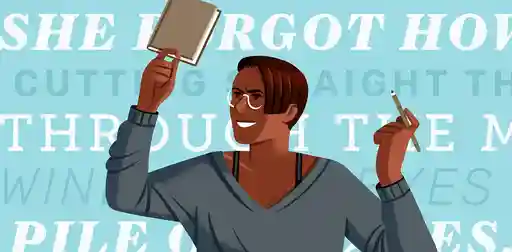

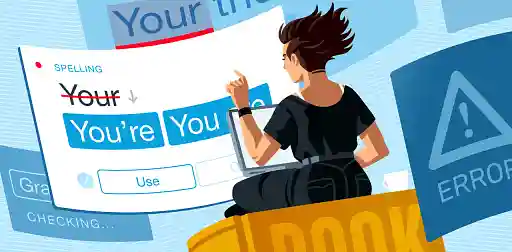
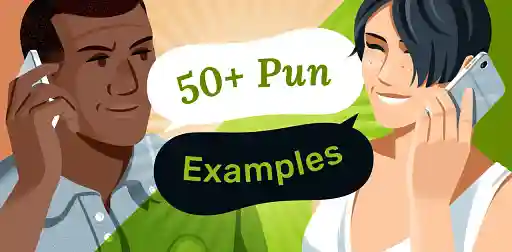
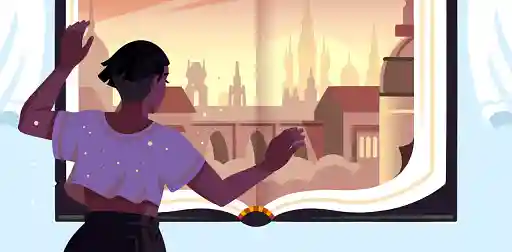
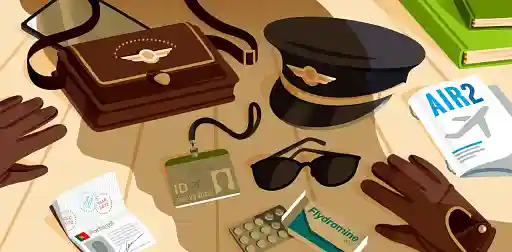

2 responses
Ryan Dahl says:
18/05/2020 – 03:40
I’m not sure if Zuko from Avatar The Last Airbender fits the title Anti-villain when you consider the ending but I’d say he should be mentioned
Aragorn says:
30/08/2020 – 08:00
But Dany didn't go mad in the books. That's the stupid show writers choice. Dany is still my queen, but I get what ur saying.